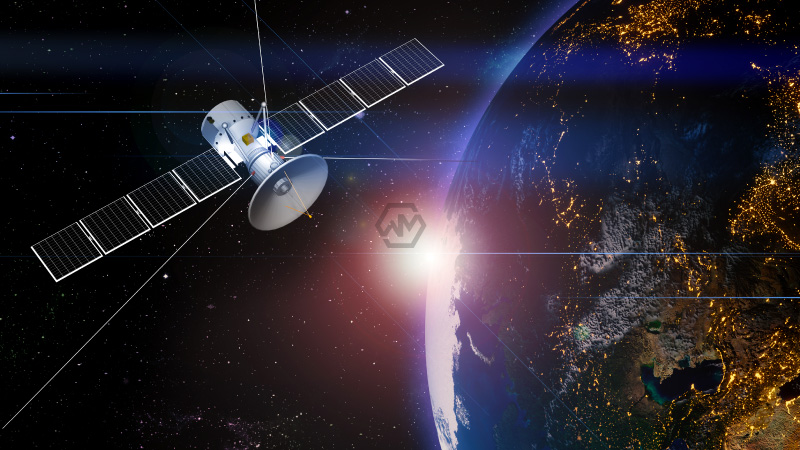- NASA and ISRO to launch the revolutionary NISAR Earth-observing satellite in late July.
- NISAR will offer high-resolution, 3D data on Earth’s land and ice changes.
- Mission aims to improve global responses to natural disasters and climate shifts.
The NASA-ISRO Synthetic Aperture Radar (NISAR) mission represents a pioneering Earth observation project that blends cutting-edge radar technology from the United States and India.
More than just disaster tracking, NISAR will serve as a powerful tool for monitoring climate change indicators such as glacial retreat, deforestation, and rising sea levels.
US-India’s NISAR Mission to Set New Benchmark in Global Earth Observation
Scheduled to launch from Sriharikota’s Satish Dhawan Space Centre, NISAR is a major milestone in space diplomacy. It’s the first radar imaging satellite jointly developed by NASA and ISRO, signaling a shift toward shared technological goals in climate science and disaster mitigation. The mission demonstrates how space science can transcend borders to serve a global cause.
NISAR’s radar can penetrate cloud cover and darkness, providing uninterrupted data collection regardless of weather or time. This capability is especially crucial for countries vulnerable to tropical storms, floods, and agricultural disruptions. The satellite’s readings will support emergency services and governments in rapid-response planning during crises.
The mission’s technological complexity draws on expertise across multiple ISRO centres. From building the spacecraft to handling telemetry and data dissemination, Indian institutions are deeply integrated into the satellite’s architecture. This strengthens India’s growing role in the global space ecosystem.
Environmental researchers and climate scientists anticipate that NISAR’s data will help close critical gaps in Earth system models. For instance, its precise tracking of vegetation and permafrost degradation could improve our understanding of carbon release patterns. In a warming world, such insights are indispensable.
The NISAR mission not only redefines satellite Earth monitoring but also showcases how international collaboration can elevate global resilience against climate and disaster risks.
“In the long history of humankind, those who learned to collaborate and improvise most effectively have prevailed.” – Charles Darwin



